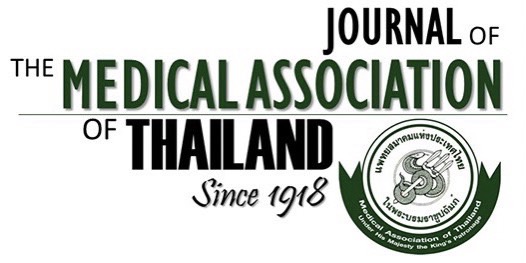Predicting Risk Behaviors among Adolescents in Indonesia: The Role of Socio-Demographic Factors in Smoking, Alcohol Use, and Illicit Substance Use
Ayu Ashari¹, Issara Siramaneerat², Krish Naufal Anugrah Robby³, Dedek Sutinbuk⁴, Sri Winarni⁵
Affiliation : ¹ Department of Medical Record and Health Information, Universitas Dian Nuswantoro, Semarang, Indonesia; ² Faculty of Liberal Arts, Department of Social Science, Rajamangala University of Technology Thanyaburi (RMUTT), Pathumthani, Thailand; ³ Faculty of Public Health, Universitas Jember, Jember, Indonesia; ⁴ Department Master of Public Health, Faculty of Health, Universitas Anak Bangsa, Indonesia; ⁵ Department of Biostatistics and Population Study, Faculty of Public Health, Diponegoro University, Semarang, Indonesia
Background: Risk behaviors in adolescents, such as smoking, alcohol consumption, and drug use, are significant public health issues influenced by social, demographic, and environmental factors. Although there is considerable research on this topic, clear conclusions have not yet been reached.
Objective: To examine the relationship among gender, age, residential area, education level, occupation, and economic status with risk behaviors in adolescents, with a focus on understanding the factors affecting smoking, alcohol consumption, and drug use.
Materials and Methods: The present study utilized secondary data from the 2017 Indonesia Demographic and Health Survey (IDHS), a cross-sectional dataset. The study selected data from 23,727 unmarried Indonesian adolescents aged 15 to 24 years. The analysis examined the relationship between independent variables and smoking, alcohol consumption, and drug use using chi-square statistics. Logistic regression analysis was conducted to assess the factors affecting smoking, alcohol consumption, and drug use, with statistical significance set at 0.05.
Results: The logistic regression analysis revealed that gender, age, education level, and occupation significantly affected drug use at a 0.05 statistical significance level. Additionally, gender, age, education level, occupation, and economic status were significantly associated with smoking at a 0.05 statistical significance level. Gender, age, and economic status were also significantly related to alcohol consumption at a 0.05 statistical significance level.
Conclusion: Social and demographic factors such as gender, age, education, occupation, and economic status are significantly associated with risk behaviors such as drug use, smoking, and alcohol consumption in adolescents. This highlights the importance of providing appropriate education and support to reduce these behaviors among adolescents in Indonesia.
Received 31 March 2025 | Revised 23 June 2025 | Accepted 6 August 2025
DOI: 10.35755/jmedassocthai.2025.9.728-738-02798
Keywords : Substance use; Adolescents; Socio-demographic factors; Smoking; Alcohol consumption
All Articles
Download



